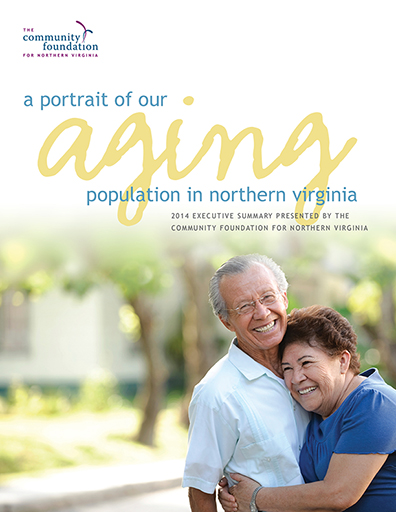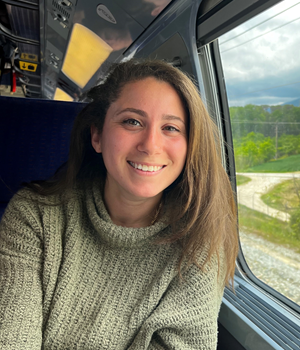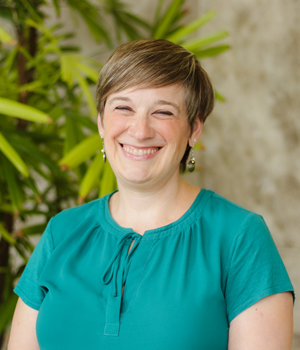Though demographic indices and trends for Northern Virginians 65 and older are, on the whole, highly favorable, there are nevertheless problems that merit greater scrutiny and remedial intervention where possible. Challenges that arise from current circumstances and that are likely to be exacerbated by ongoing population changes include:
Lack of health insurance
A large number of older residents do not have health insurance. This results from the surprisingly large number of older Northern Virginians who do not qualify for participation in the Medicare program. About 8.5% of the region’s older residents are without Medicare coverage. This is more than twice the Virginia and U.S. rates of about 4.0%.The problem appears to derive, a least in part, from the large number of immigrants in the elderly population. There is a pressing need to broaden health insurance coverage for the nearly 20,000 older Northern Virginians who do not qualify for Medicare and remain uninsured. As of this writing it is unclear to what extent implementation of national health care reform initiatives, including expansion of the Virginia medical assistance program (Virginia Medicaid), will address this problem. But there is little likelihood that the problem will be solved soon without focused local action.
Limited housing options
Access to appropriate elderly housing is an enduring problem. About one in six (16%) elderly Northern Virginian lives with a relative other than a spouse. This is nearly twice the percentage elsewhere in Virginia and nationwide. The larger percentages of older residents living in extended families reflect the region’s more complex and diverse demography. In addition to unusually large numbers of older Northern Virginians living in extended families, more than 5,000 elderly reside in assisted living facilities. Reliance on assisted living services is growing, but economic access is limited for most residents.Better access to assisted living services for older poor Northern Virginians is needed badly. The one economic support program intended to make assisted living services available to the poorest older residents—Virginia’s Auxiliary Grant Program—is faltering. Fewer than 200 elderly Northern Virginian’s are now served by the program. The need, already many times the number served, will grow steadily over the next two decades. There is a pressing need region wide to improve access to appropriate affordable housing.
Disability and poverty
Disability among older Northern Virginians is highly correlated with low income and poverty. The poverty rate among older Northern Virginians with a disability is about 2.3 times higher than among older residents without a disability. Nearly half (48%) of older Northern Virginians with income below the federal poverty level have one or more disability. More than 4,300 elderly Northern Virginians with income below the federal poverty level are disabled.Older residents with disabilities have as a matter of course much higher medical and social support costs than older Northern Virginians without disabilities. Though the disabled elderly population is relatively small the need is great. As with the affordable housing question, this problem is not likely to be ameliorated soon without local attention and action
A Portrait of our Aging Population in Northern Virginia addresses many of the questions inherent in population aging. It provides solid background information for those wishing to understand how aging is likely to affect their community and for those wishing to conduct more detailed research into specific questions about the likely effects of the population shift now underway. The data and analyses presented are also useful in placing in context many of the more speculative concerns some have about the potential near term negative effects of population aging.
The report should be of interested to aging Northern Virginians, service providers, and policy makers alike in that it provides substantial context for the changes and social pressures they will encounter in myriad ways over the next couple of decades.


 Questions?
Questions? Questions?
Questions?



